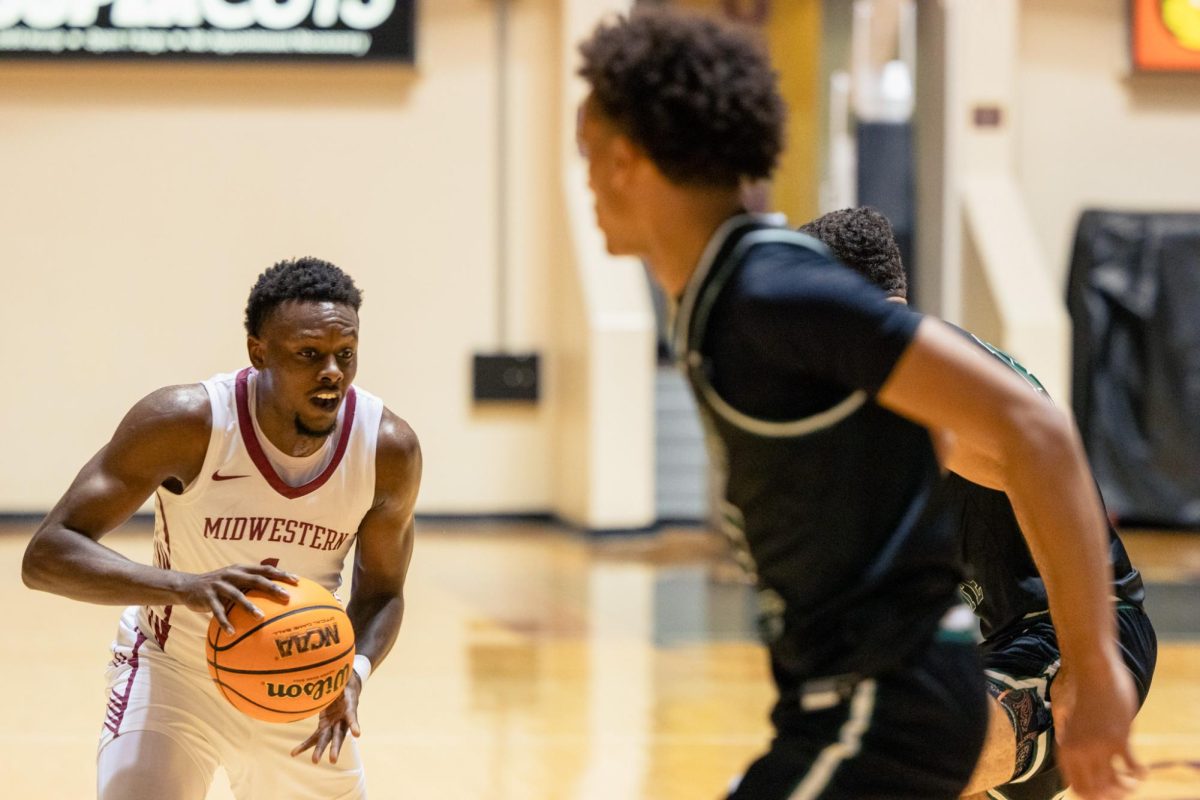The panel, “Implementing a Liberal Arts Education; Moving from concept to practice,” which was held on Jan. 26 in Legacy Hall at 7-9 p.m., is only the second panel hosted on campus to discuss the uniqueness of a liberal arts education.
Out of the decade that the school has been a part of the Council of Public Liberal Arts Colleges, or COPLAC, the panel held on Sept. 11, 2015 was the first to talk about a liberal arts education. More than 200 faculty and students listened to the panelists at both discussions.
The Liberal Arts Task Force, which consists of seven faculty members — including Associate Professor of English Todd Giles — was formed by Provost Betty Stewart, following the first panel. While some of the members spoke in 2015, the panel on Thursday was made up of all new speakers.
“This is an entirely new group of panelists,” Giles said. “We have one panelist from each college, plus engineering. What they all have in common is an appreciation for the value and importance of a diverse education.”
During the panel, the professors explained their own experiences as an undergraduate before detailing why they think a liberal arts education is so important.
“A liberal arts college is integral,” Sociology Assistant Professor Andrea Button said. “There’s more questions that you have to engage in. I was taught as an undergraduate to be courageous. That is the passion of liberal arts.”
Angela Cartwright, assistant professor of education, said that through a liberal arts education, students will learn to focus on the way they think of things.
“Critical literacy is very important. We have to teach our students ways to think critically, because they will need those skills,” Cartwright said.
The goal of the task force is to help preserve, further improve the liberal arts education and these life skills, and explain the importance of such an education.
“Think of an apple, the core is what holds it together, it’s the center,” Giles said. “Liberal arts are at the core. The classes we have to take are what make us more diverse, and it helps to sample from different areas. This education isn’t about just getting skills for a job, it’s about getting life skills.”
These life skills were touched upon by others.
“It is the aim of this task force to bring clarity to the liberal arts identity. We want to produce students who look at their field through the lens of other fields,” Nathan Jun, associate professor of philosophy, said.
Because there is a need for such students, Giles wants to equip the faculty in ways that will help professors practice the liberal arts education within their classes.
“Our goal with this panel is to provide specific examples of how faculty in fields as diverse as Nursing and mass communication are integrating the liberal arts and sciences tradition into their courses and thus into the core of the school’s mission,” he said. “The discussion should give faculty across campus some new ideas for implementation in their own classes.”
Through this implementation, Giles hopes that there will be more of a discussion on campus. And there are plenty who want to help bring attention to the topic at hand — such as Mitzi Lewis, associate professor of mass communication.
“I would love to sit in on another panel,” Lewis said. “But there are other ways to help. It’s very important to teach students to use a lens when viewing the world. Even if it’s not through a panel, I want to be involved and engaged.”
Ann Marie Leimer, associate professor of art history, is a part of the Liberal Arts Task Force and wants the conversation (and panels) to continue.
“The first panel got the conversation started, and then the task force was created,” she said. “Through this task force, we hope to bring the philosophies into the classroom. The panels are a many pronged intention.”
Giles, along with the panelists, hope that the intention is discussed in other panels.
“My hope is that this and the previous panel will lead to more discussions across campus among the students, staff, administration and faculty about the value of our public liberal arts mission — about where we have been and where we need to head to remain a unique and viable institution in a quickly-changing economic and educational landscape,” Giles said.
As a follow-up to the panel, he wants more public discussions to take place, as well as some Teaching and Learning Resource Center workshops.
Due to the reactions of the community, the students, and the faculty, Giles believes that these panels are needed. This is proven true, as Victoria Estrada, education junior, did not know what a liberal arts education was.
“I didn’t know what a liberal arts education was until the first panel in 2015. The panels go to show that there is more to the school than just education,” she said.
Because of this, both of the panels have received a large crowd — and a large presence.
“I can’t tell you how many emails we got from faculty from across the disciplines showing their interest in and appreciation for the ideas that the panelist discussed,” Giles said. “Students seem to have a better idea about what it means to attend a liberal arts college. More and more students are coming into my freshman classes eager to learn more about the liberal arts, critical thinking, and making connections across the disciplines.”
















